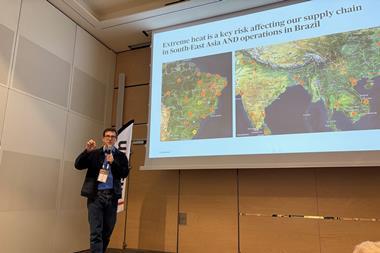Absence costs £13.4bn in 2006 according to survey by CBI/AXA
Absence increased in 2006 as workers took an average of seven days off sick, losing 175 million working days and costing the economy £13.4bn, according to the latest CBI/AXA survey.
In today’s workshop on absence management and pre-employment screening, Tom Grant (director) and Dr Christopher Stoot (medical director) of Hanoun Medical will look at the success of car manufacturer Honda UK in cutting absence levels and the need for a proactive approach. Delegates should receive some valuable guidance on making absence management work in practice.
In addition to the direct costs of absence, law firm DWF says that workers who constantly take time off for minor illnesses can affect the morale of others in the company. Contrary to popular belief, it is possible to dismiss them provided employers follow the proper procedures, says DWF’s Joanne Pearce.
“Employment tribunals recognise that, when poor attendance becomes commercially damaging, it may be reasonable to sack someone. However employers have to give them due warning, take steps to establish the reason and try to rectify the situation first.
Employers must ensure they follow the statutory dismissal procedure as well as any internal procedures they may have. Pearce adds: “All too often employers are reluctant to tackle people who constantly take time off, yet apart from the cost to the business such behaviour can create resentment amongst others. By monitoring attendance records and taking action where problems do arise, absence can be kept to a minimum.”
CBI/AXA survey findings
• In 2006 absence cost £537 per employee and accounted for 3.3% of working time..
• Long-term absence of 20 days or more accounts for 43% of all working time lost, costing £5.8bn.
• In the public sector just over half of absence (52%) is long-term, while in the private sector this was over a third (38%).
• The great majority of absences are genuine but around 12% are suspect.
• The best performing organisations lost only 2.7 days per employee, while the worst lost 12.

















